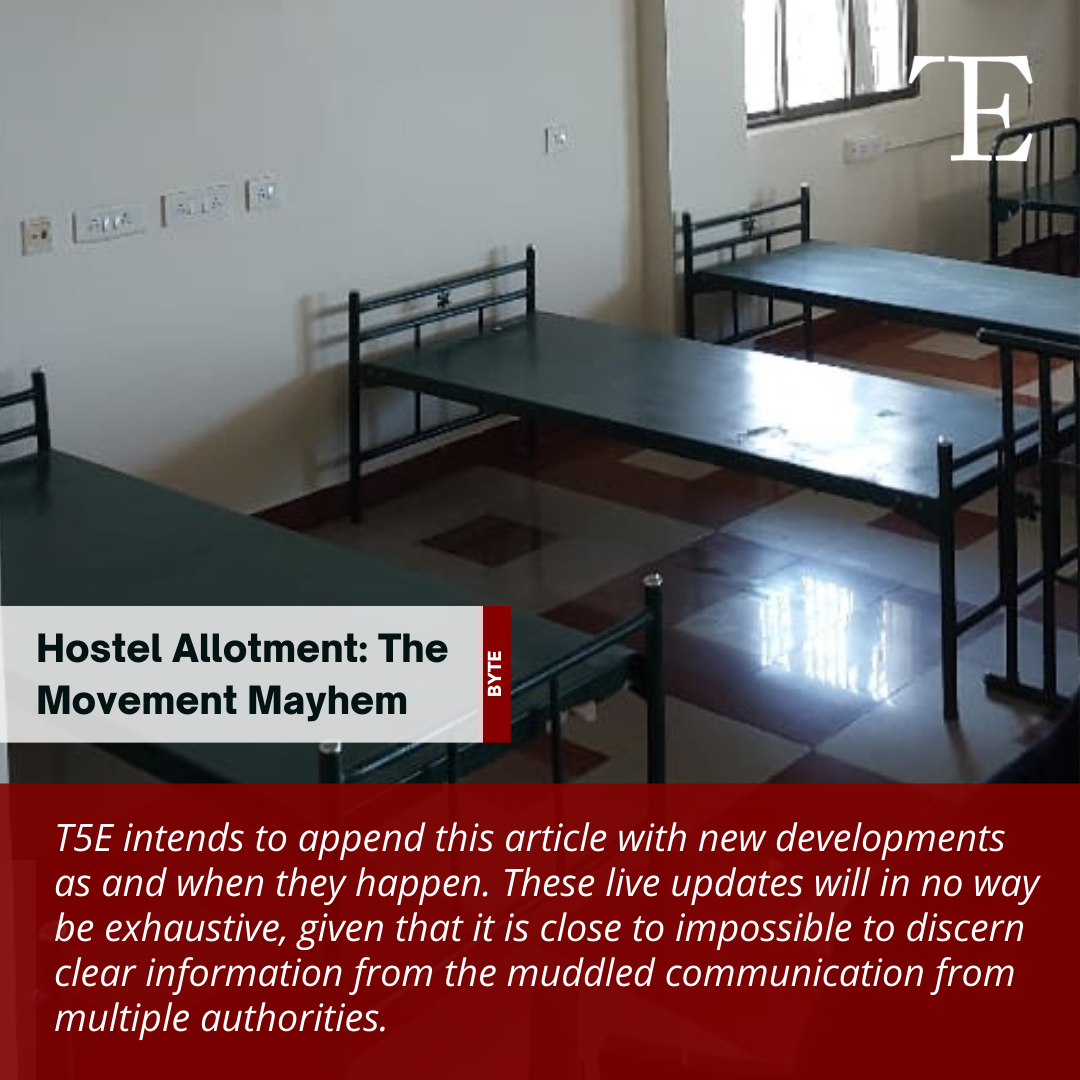by V. V. Hemanth
The recently set up Disaster Management Committee, in collaboration with Alert, conducted a workshop on emergency medical response (attended by more than 130 residents), during which a lot of useful information about first aid and survival was elucidated.
Preserve, Promote, Prevent
The aim of emergency medical care is to preserve life, promote recovery, and to prevent the worsening of the victim’s condition. The first step for any rescuer is to overcome the reluctance to help the needy. Then comes diagnosis of the casualty and appropriate response.
The CAB action plan
First, check for consciousness of the victim. The most effective way is to tap on the shoulder and shout out to him/her and wait for response. If the victim is unconscious, check for the following:
Circulation
- Place 2 fingers on the neck and check for a pulse
- If a pulse is found, put him/her in the recovery position till help arrives
- If no pulse is found, commence Cardio-Pulmonary Resuscitation (CPR)*
- Check for the return of pulse and breathing, tend to other injuries
Airway:
- Make the victim lie on his back and tilt the head backwards
- Remove any obstructions in the airway, including dentures
Breathing:
- Observe the chest for expansion and contraction
- Listen for the sound of breathing from nostrils
- Feel the victim’s breath on the skin of your ear
- If the casualty is not breathing, commence Expired Air Resuscitation (EAR).
Cardiopulmonary resuscitation
CPR is an emergency procedure which is performed in an effort to manually preserve intact brain function until further measures are taken to restore spontaneous blood circulation and breathing in a person in cardiac arrest. It is indicated in those who are unresponsive with no breathing or abnormal breathing, for example respirations. The weak point in the chest is sternum. The heart is 2 inches above the sternum. Place the stronger hand (palm) on the heart; use other hand to lock the fingers. Apply pressure rhythmically. After 30 compressions, check for the breathing.
Expired air resuscitation
EPR, also known as mouth-to-mouth insufflation, is the act of mechanically forcing air into a patient’s respiratory system. This can be achieved by various methods. These include mouth to mouth, mouth to nose etc.
Recovery Position
The victim should be made to rest in this position till further help arrives. Place the person’s arm that is nearest you at a right angle to their body, so it is bent at the elbow with the hand pointing upwards. Gently pick up their other hand with your palm against theirs (palm to palm). Now place the back of their hand onto their opposite cheek (for example, against their left cheek if it is their right hand).
Keep your hand there to guide and support their head as you roll them. Now use your other arm to reach across to the person’s knee that is furthest from you, and pull it up so that their leg is bent and their foot is flat on the floor. Now, with your hand still on the person’s knee, pull their knee towards you so they roll over onto their side, facing you. Move the bent leg that is nearest to you, away from their body so that it is resting on the floor (bent at a right angle to their body). Lastly gently raise their chin to tilt their head back slightly, as this will open up their airway and help them to breathe. Check that nothing is blocking their airway. If there is an obstruction, remove this if you can do so safely. Stay with them, giving reassurance, until they have fully recovered. Here is a video tutorial of the same.
Response for particular emergencies
Bleeding
- Perform CAB action plan, lay the injured down
- Apply direct pressure to the bleeding site and check for foreign particles in the wound
- Raise and support the bleeding area
- Loosen tight clothing
- If it is a puncture wound, apply a doughnut bandage to the wound around the protruding object. Do not remove the object because more damage may occur.
Fracture
Types of fracture:
- Simple- there is no wound or bleeding, internal or external
- Compound- the fracture has caused bleeding or the bone is protruding through the skin
- Complicated- the bone has penetrated a vital organ
If a fracture is diagnosed, apply the CAB procedure, then:
- Cover the wound and control any bleeding
- Make sure the injured does not move the limb
- Immobilize the fracture using a sling, bandage or splint
- Do not move the injured unless there is a danger



